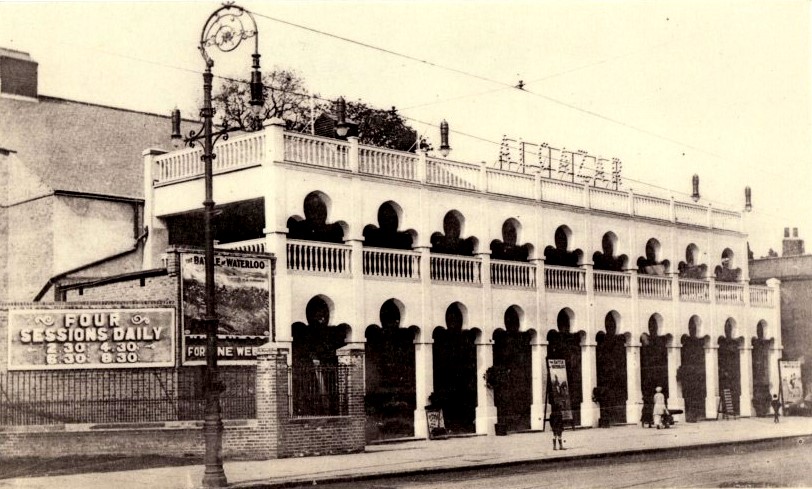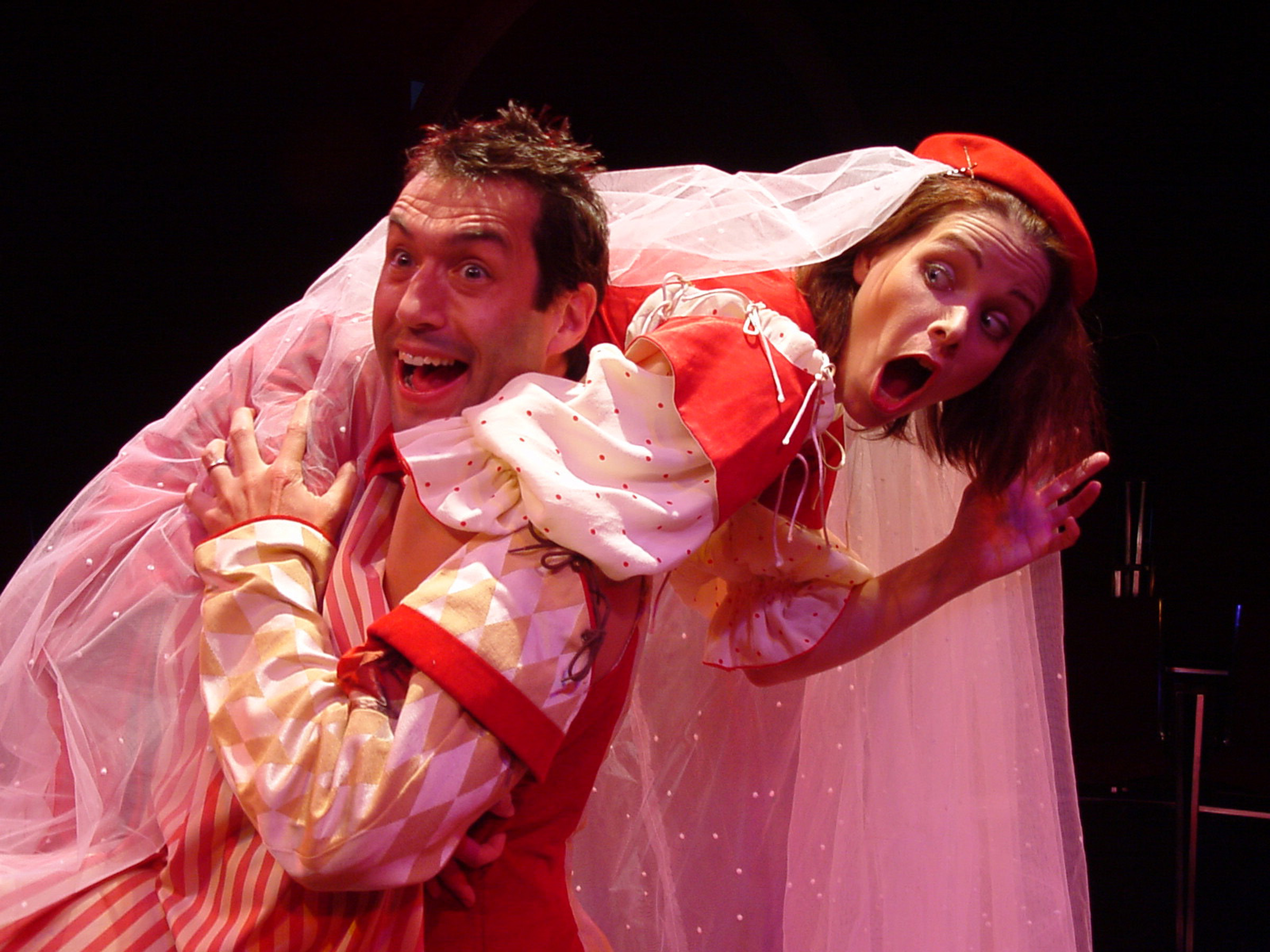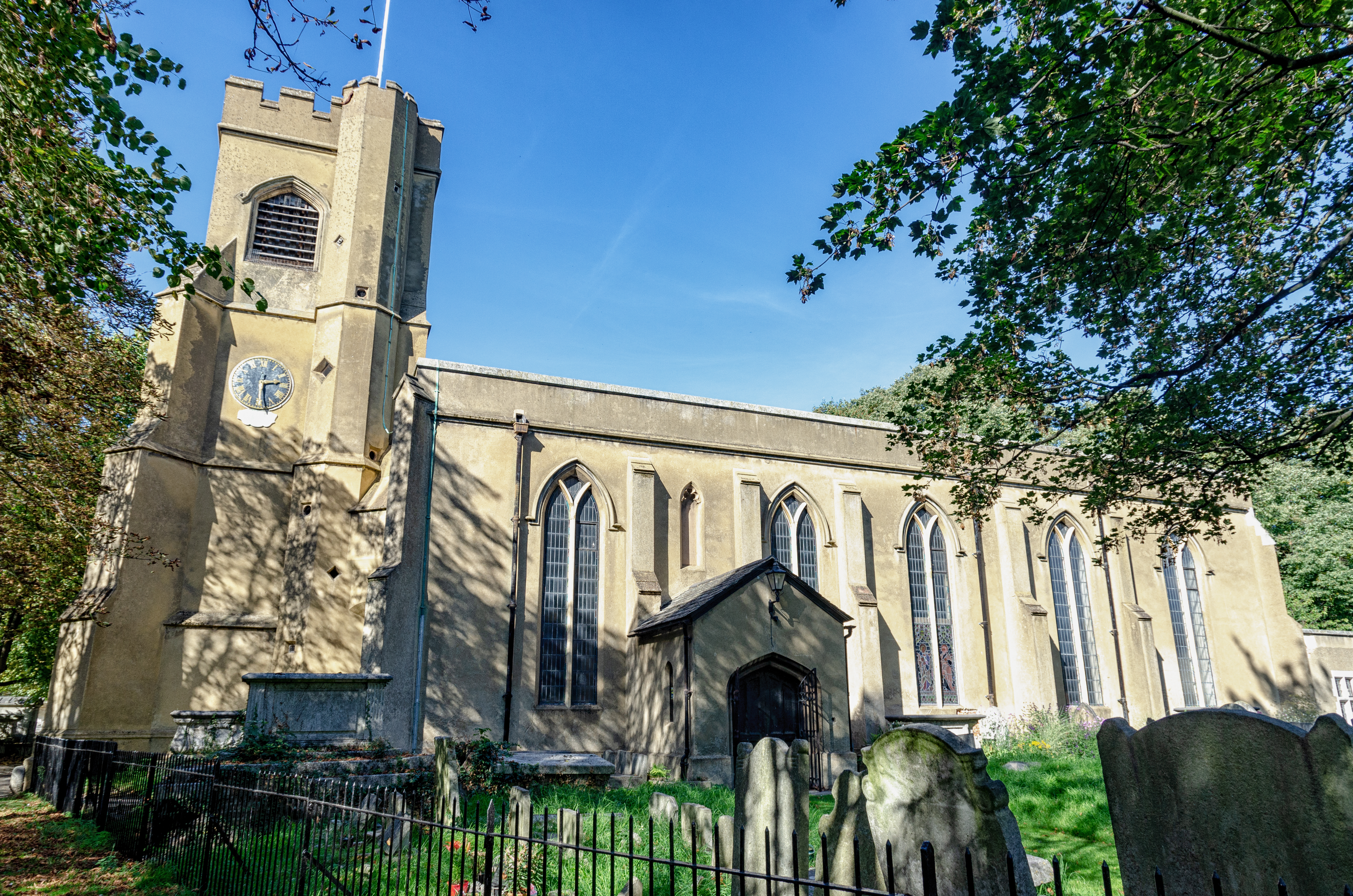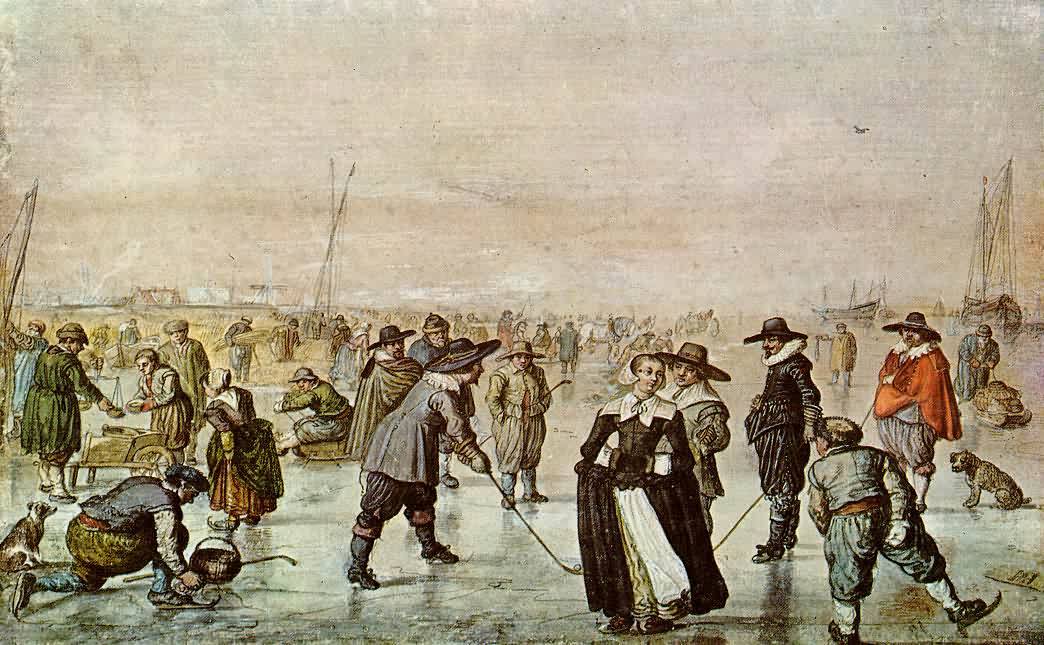|
British And Colonial Kinematograph Company
British and Colonial Films was a British company making predominantly silent films in London between 1908 and 1924. It was also known by the abbreviation B & C. The British and Colonial Kinematograph Company was formed in 1908 by Albert Henry ("Bert") Bloomfield (c.1882–1933) and John Benjamin ("Mac") McDowell (1878–1954). At first it operated from a rented basement in central London, using a single camera and developing the negatives in McDowell's house, but soon moved to studios at Newstead House in East Finchley, London. It developed a reputation for both documentaries and feature films, notably the '' Lieutenant Daring'' series, featuring Percy Morgan, and the '' Dick Turpin and Don Q'' films. By 1912 it had begun making longer films, such as ''Robin Hood Outlawed'', and using location footage, some shot by Fred Burlingham. It also covered important news stories such as the funeral of Edward VII and the Coronation of George V, as well as major sporting fixtures. In 1910 ... [...More Info...] [...Related Items...] OR: [Wikipedia] [Google] [Baidu] |
Silent Films
A silent film is a film with no synchronized recorded sound (or more generally, no audible dialogue). Though silent films convey narrative and emotion visually, various plot elements (such as a setting or era) or key lines of dialogue may, when necessary, be conveyed by the use of title cards. The term "silent film" is something of a misnomer, as these films were almost always accompanied by live sounds. During the silent era that existed from the mid-1890s to the late 1920s, a pianist, theater organist—or even, in large cities, a small orchestra—would often play music to accompany the films. Pianists and organists would play either from sheet music, or improvisation. Sometimes a person would even narrate the inter-title cards for the audience. Though at the time the technology to synchronize sound with the film did not exist, music was seen as an essential part of the viewing experience. "Silent film" is typically used as a historical term to describe an era of cinema p ... [...More Info...] [...Related Items...] OR: [Wikipedia] [Google] [Baidu] |
The Battle Of Waterloo (1913 Film)
''The Battle of Waterloo'' is a 1913 feature film created by British and Colonial Films to dramatize the eponymous battle ahead of its centenary. ''The Battle of Waterloo'' was much longer and more costly than contemporary films but went on to great commercial and critical success. Though the film was shown in theaters around the world, all copies were thought lost until 2002, when about 22 minutes of the hour-and-a-half production were rediscovered at the British Film Institute archives. Since then, two reels and a fragment have been compiled, representing about half the completed film. Cast * Ernest G. Batley as Napoleon Bonaparte * Jack Brighton as the Duke of Wellington * George Foley as Field Marshal Gebhard von Blucher * Vivian Ross as Marshal Michel Nay Inspiration The first two decades after the invention of the film camera were marked by a progression toward larger and more elaborate productions. From short vignettes of a single subject, films evolved to include m ... [...More Info...] [...Related Items...] OR: [Wikipedia] [Google] [Baidu] |
Shakespeare
William Shakespeare ( 26 April 1564 – 23 April 1616) was an English playwright, poet and actor. He is widely regarded as the greatest writer in the English language and the world's pre-eminent dramatist. He is often called England's national poet and the " Bard of Avon" (or simply "the Bard"). His extant works, including collaborations, consist of some 39 plays, 154 sonnets, three long narrative poems, and a few other verses, some of uncertain authorship. His plays have been translated into every major living language and are performed more often than those of any other playwright. He remains arguably the most influential writer in the English language, and his works continue to be studied and reinterpreted. Shakespeare was born and raised in Stratford-upon-Avon, Warwickshire. At the age of 18, he married Anne Hathaway, with whom he had three children: Susanna Hall, Susanna, and twins Hamnet Shakespeare, Hamnet and Judith Quiney, Judith. Sometime between 1585 and 1592, ... [...More Info...] [...Related Items...] OR: [Wikipedia] [Google] [Baidu] |
The Taming Of The Shrew
''The Taming of the Shrew'' is a comedy by William Shakespeare, believed to have been written between 1590 and 1592. The play begins with a framing device, often referred to as the induction, in which a mischievous nobleman tricks a drunken tinker named Christopher Sly into believing he is actually a nobleman himself. The nobleman then has the play performed for Sly's diversion. The main plot depicts the courtship of Petruchio and Katherina, the headstrong, obdurate shrew. Initially, Katherina is an unwilling participant in the relationship; however, Petruchio "tames" her with various psychological and physical torments, such as keeping her from eating and drinking, until she becomes a desirable, compliant, and obedient bride. The subplot features a competition between the suitors of Katherina's younger sister, Bianca, who is seen as the "ideal" woman. The question of whether the play is misogynistic has become the subject of considerable controversy, particularly among mode ... [...More Info...] [...Related Items...] OR: [Wikipedia] [Google] [Baidu] |
The Life Of Shakespeare
''The Life of Shakespeare'' is a 1914 British silent biographical film directed by Frank R. Growcott and J.B. McDowell and starring Albert Ward, Sybil Hare and George Foley. It follows the life of the English playwright William Shakespeare. Cast * Albert Ward - William Shakespeare * Sybil Hare - Anne Hathaway * George Foley - Sir Thomas Lucy * Aimee Martinek - Queen Elizabeth * M. Gray Murray M. Gray Murray (1871 – 10 February 1937) was a British actor of the silent era. Selected filmography * '' Jobson's Luck'' (1913) * '' The Lure of London'' (1914) * '' The Troubles of an Heiress'' (1914) * ''The Loss of the Birkenhead'' (1914) ... - Sir Hugh Clopton * Eva Bayley - Mrs Shakespeare * Miss Bennett - Charlotte Clopton References External links * 1914 films British biographical films 1910s historical films British silent feature films British black-and-white films 1910s biographical films 1910s English-language films 1910s British films {{histo ... [...More Info...] [...Related Items...] OR: [Wikipedia] [Google] [Baidu] |
Western Front (World War I)
The Western Front was one of the main theatres of war during the First World War. Following the outbreak of war in August 1914, the German Army opened the Western Front by invading Luxembourg and Belgium, then gaining military control of important industrial regions in France. The German advance was halted with the Battle of the Marne. Following the Race to the Sea, both sides dug in along a meandering line of fortified trenches, stretching from the North Sea to the Swiss frontier with France, which changed little except during early 1917 and in 1918. Between 1915 and 1917 there were several offensives along this front. The attacks employed massive artillery bombardments and massed infantry advances. Entrenchments, machine gun emplacements, barbed wire and artillery repeatedly inflicted severe casualties during attacks and counter-attacks and no significant advances were made. Among the most costly of these offensives were the Battle of Verdun, in 1916, with a combined 700,000 ... [...More Info...] [...Related Items...] OR: [Wikipedia] [Google] [Baidu] |
James Young Deer
James Young Deer (April 1, 1876 – April 6, 1946), also known as J. Younger Johnson or Jim Young Deer, was actually born James Young Johnson in Washington, D.C. Although he was identified in the early Hollywood trade paper Moving Picture World as of the Winnebago Tribe of Nebraska, his ancestry is of the Nanticoke people of Delaware. He became an early film actor, director, writer, and producer. He is believed to be the first Native American filmmaker/producer in Hollywood. Together with his wife and partner Lillian St. Cyr, Winnebago, the couple were labeled an "influential force" in the production of one-reel Westerns during the first part of the silent film era. Their films, along with several others of the silent era, were notable for portraying Native Americans in a positive light. Questions were raised about Young Deer's Winnebago background when film historians were unable to verify much about his origins, and he was not listed on the Winnebago tribal rolls in the early 2 ... [...More Info...] [...Related Items...] OR: [Wikipedia] [Google] [Baidu] |
Walthamstow
Walthamstow ( or ) is a large town in East London, east London, England, within the Ceremonial counties of England, ceremonial county of Greater London and the Historic counties of England, ancient county of Essex. Situated northeast of Charing Cross, the town borders Chingford to the north, Snaresbrook and South Woodford to the east, Leyton and Leytonstone to the south, and Tottenham to the west. At the 2011 census, the town had a population of approximately 109,424. Occupying most of the town's east-to-west High Street, Walthamstow Market is the longest outdoor market in Europe. East of the town centre is Walthamstow Village, the oldest part of Walthamstow, and the location of St. Mary's Church, Walthamstow, St Mary's Church, the town's parish church. To the north of the town is the former Walthamstow Stadium, which was considered an Cockney, East End landmark. The William Morris Gallery in Forest Road, a museum that was once the family home of William Morris, is a Grade II* ... [...More Info...] [...Related Items...] OR: [Wikipedia] [Google] [Baidu] |
Ice Skating
Ice skating is the self-propulsion and gliding of a person across an ice surface, using metal-bladed ice skates. People skate for various reasons, including recreation (fun), exercise, competitive sports, and commuting. Ice skating may be performed on naturally frozen bodies of water, such as ponds, lakes, canals, and rivers, and on man-made ice surfaces both indoors and outdoors. Natural ice surfaces used by skaters can accommodate a variety of winter sports which generally require an enclosed area, but are also used by skaters who need ice tracks and trails for distance skating and speed skating. Man-made ice surfaces include ice rinks, ice hockey rinks, bandy fields, ice tracks required for the sport of ice cross downhill, and arenas. Various formal sports involving ice skating have emerged since the 19th century. Ice hockey, bandy, rinkball, and ringette, are team sports played with, respectively, a flat sliding puck, a ball, and a rubber ring. Synchronized skating ... [...More Info...] [...Related Items...] OR: [Wikipedia] [Google] [Baidu] |
Aeolian Hall (New York)
The Aeolian Building is a skyscraper in Midtown Manhattan in New York City, at 29–33 West 42nd Street and 34 West 43rd Street, just north of Bryant Park. The 1912 building was the fourth headquarters of the Aeolian Company, which manufactured pianos and other musical instruments. the 18-story building contained the 1,100-seat Aeolian Hall (1912–1927), a top concert hall of its day. The building stands next to the Grace Building. History The building, on the site of the Latting Tower, a popular observatory during the 19th century, was designed by the architects Whitney Warren and Charles Wetmore and completed in 1912. Its name refers to the Aeolian Company, which manufactured pianos. It is high and has 18 floors. In mid-1922, the company sold the building to the Schulte Cigar Stores Company for over $5 million. From 1961 to 1999, the building housed the Graduate Center of the City University of New York, and today houses the State University of New York's College ... [...More Info...] [...Related Items...] OR: [Wikipedia] [Google] [Baidu] |
Fred Evans (comedian)
Frederick William Evans (20 February 1889 – 31 August 1951) was a British music hall and silent film comedian, who became famous around the time of the First World War for portraying his character Pimple in more than 200 short movies. He was described as "second only in popularity to Chaplin in Britain at the height of his career," and as displaying "a proto-Pythonesque humour of the absurd." Critic Barry Anthony wrote that "in many ways the topical skits of Pimple have more in common with The Crazy Gang, Benny Hill, the Goons, Monty Python or topical sketch shows like ''French and Saunders'' and ''The Fast Show'' than with the classic Hollywood silent comedies." Biography Evans was born in London into a family of music hall and circus performers. His grandfather, also named Fred Evans, was a popular clown who staged harlequinades; his uncle Will Evans was a leading music hall comedian; and his parents were members of several touring musical troupes. He was a childhoo ... [...More Info...] [...Related Items...] OR: [Wikipedia] [Google] [Baidu] |






